Kevin Dubois
Infusing Generative AI in your Java Apps with LangChain4j
#1about 3 minutes
Integrating generative AI into Java applications with LangChain4j
LangChain4j simplifies consuming AI model APIs for Java developers, avoiding the need for deep data science expertise.
#2about 3 minutes
Creating a new Quarkus project with LangChain4j
Use the Quarkus CLI to bootstrap a new Java application and add the necessary LangChain4j dependency for OpenAI integration.
#3about 2 minutes
Using prompts and AI services in LangChain4j
Define AI interactions using the @RegisterAIService annotation, system messages for context, and user messages with dynamic placeholders.
#4about 2 minutes
Managing conversational context with memory
LangChain4j uses memory to retain context across multiple calls, with the @MemoryId annotation enabling parallel conversations.
#5about 2 minutes
Connecting AI models to business logic with tools
Use the @Tool annotation to expose Java methods to the AI model, allowing it to execute business logic like sending an email.
#6about 5 minutes
Live demo of prompts, tools, and the Dev UI
A practical demonstration shows how to generate a haiku using a prompt and then use a custom tool to send it via email, verified with Mailpit.
#7about 3 minutes
Providing custom knowledge with retrieval-augmented generation (RAG)
Enhance LLM responses with your own business data by using an embedding store or Quarkus's simplified 'Easy RAG' feature.
#8about 6 minutes
Building a chatbot with a custom knowledge base
A chatbot demo uses a terms of service document via RAG to correctly enforce a business rule for booking cancellations.
#9about 2 minutes
Using local models and implementing fault tolerance
Run LLMs on your local machine with Podman AI Lab and make your application resilient to failures using SmallRye Fault Tolerance annotations.
#10about 4 minutes
Demonstrating fault tolerance with a local LLM
A final demo shows an application calling a locally-run model and triggering a fallback mechanism when the model service is unavailable.
Related jobs
Jobs that call for the skills explored in this talk.
Matching moments
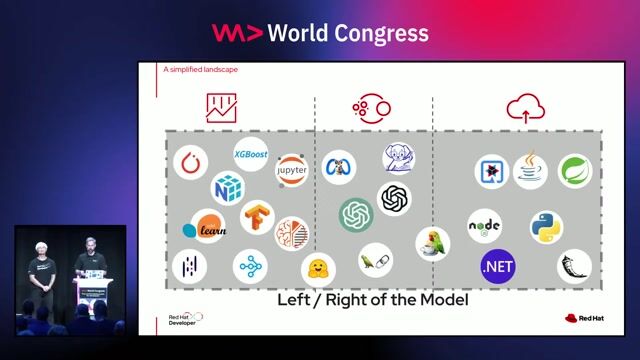
02:52 MIN
Understanding LangChain4j for Java AI applications
Create AI-Infused Java Apps with LangChain4j

00:05 MIN
Why Java is a strong choice for enterprise AI applications
Agentic AI Systems for Critical Workloads
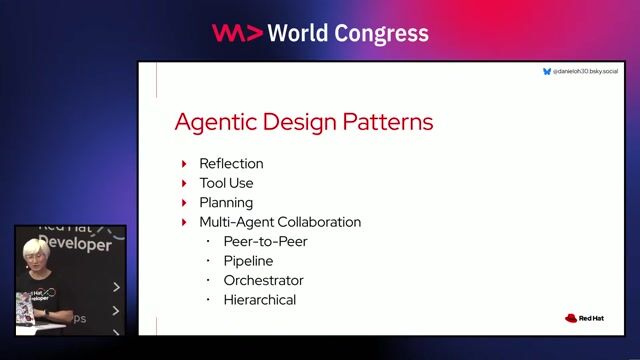
05:24 MIN
Exploring frameworks for building agentic AI applications in Java
Supercharge Agentic AI Apps: A DevEx-Driven Approach to Cloud-Native Scaffolding
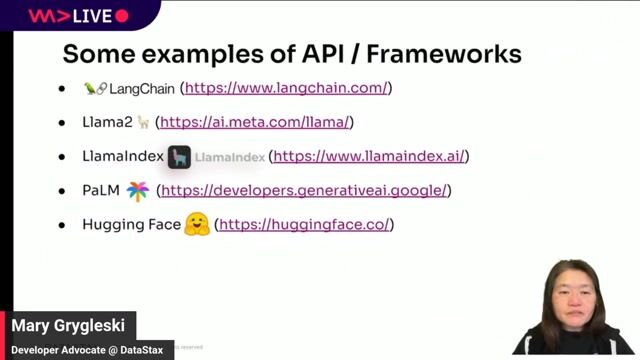
31:19 MIN
Exploring APIs and frameworks for Java developers
Enter the Brave New World of GenAI with Vector Search

00:05 MIN
Moving beyond hype with real-world generative AI
Semantic AI: Why Embeddings Might Matter More Than LLMs
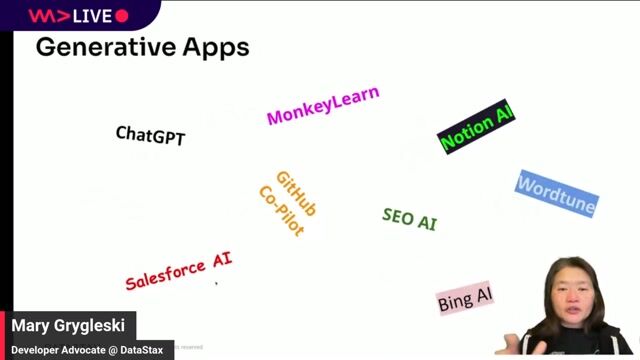
18:03 MIN
GenAI applications and emerging professional roles
Enter the Brave New World of GenAI with Vector Search

09:55 MIN
Shifting from traditional code to AI-powered logic
WWC24 - Ankit Patel - Unlocking the Future Breakthrough Application Performance and Capabilities with NVIDIA
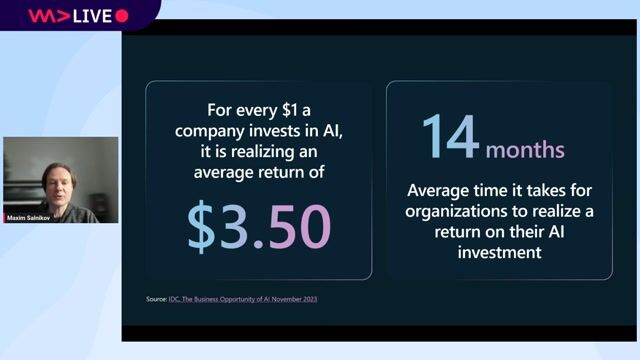
02:42 MIN
Overcoming the common challenges in generative AI adoption
From Traction to Production: Maturing your LLMOps step by step
Featured Partners
Related Videos
 29:18
29:18Create AI-Infused Java Apps with LangChain4j
Daniel Oh & Kevin Dubois
 31:59
31:59Langchain4J - An Introduction for Impatient Developers
Juarez Junior
 31:53
31:53Java Meets AI: Empowering Spring Developers to Build Intelligent Apps
Timo Salm
 32:13
32:13Supercharge your cloud-native applications with Generative AI
Cedric Clyburn
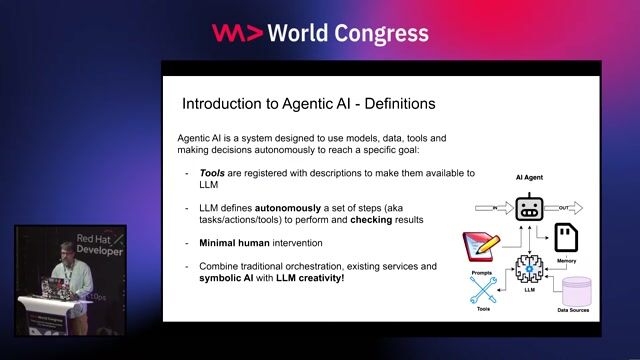 30:01
30:01Agentic AI Systems for Critical Workloads
Mario Fusco
 31:02
31:02Supercharge Agentic AI Apps: A DevEx-Driven Approach to Cloud-Native Scaffolding
Daniel Oh
 32:14
32:14Building AI-Driven Spring Applications With Spring AI
Timo Salm & Sandra Ahlgrimm
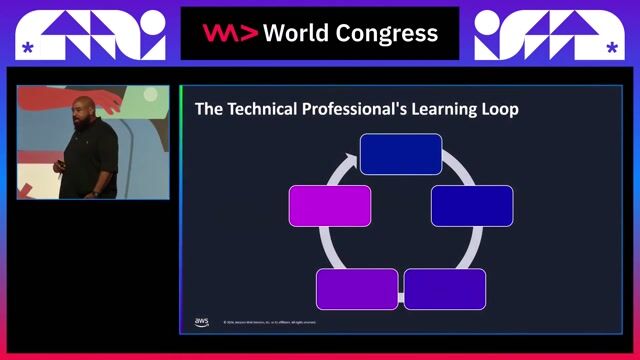 26:54
26:54Make it simple, using generative AI to accelerate learning
Duan Lightfoot
From learning to earning
Jobs that call for the skills explored in this talk.





AI Engineer / Machine Learning Engineer / KI-Entwickler
Agenda GmbH
Remote
Intermediate
API
Azure
Python
Docker
+10

AI Engineer / Machine Learning Engineer / KI-Entwickler - Schwerpunkt Cloud & MLOps
Agenda GmbH
Intermediate
API
Azure
Python
Docker
PyTorch
+9



AI Governance Consultant
TRUSTEQ GmbH